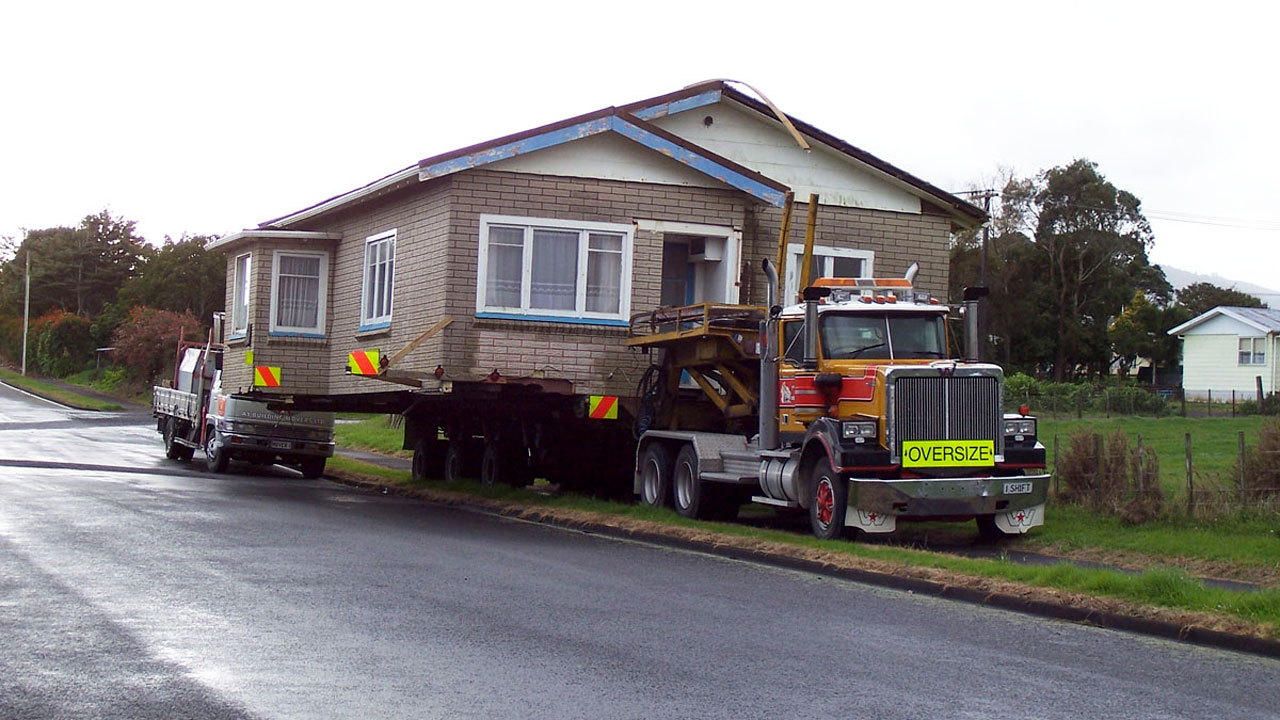ARM Your APEX Instance

In September 2020, Oracle first announced that it was working with Ampere Computing to provide ARM-based chips for its Compute instance offering on the Oracle Cloud Infrastructure. They have delivered!
ARM chips are found in many low-powered devices like smartphones, single-board computers, and IoT devices. So, if you are an Oracle Application Express (APEX) developer, you might be wondering, "What's in it for me?" Well, remember we talked about running a customer-managed Oracle REST Data Services (ORDS) instance for an Oracle Autonomous Database?













